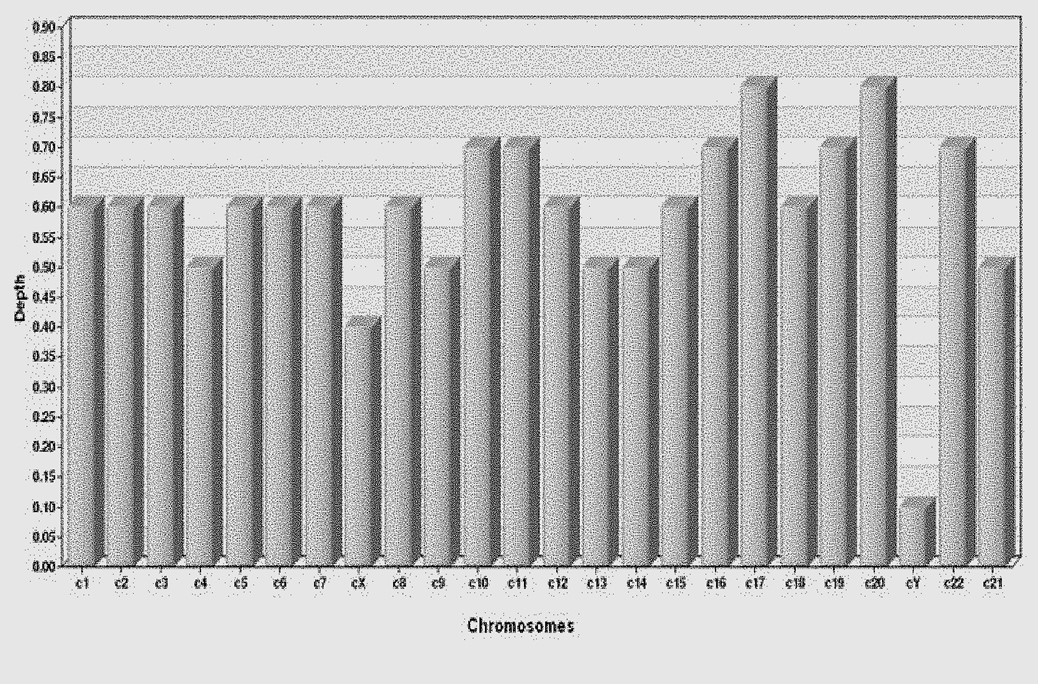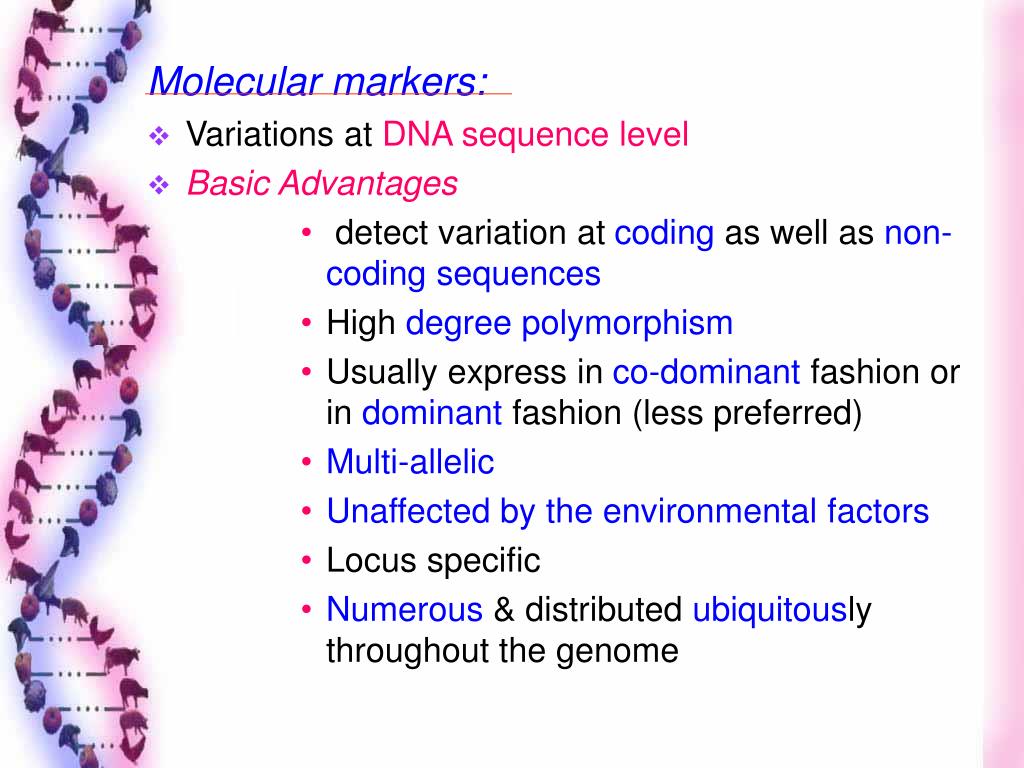

Importantly, pericentromeres tend to show a much higher level of polymorphisms, as manifested by both the presence of structural variants and a higher density of single nucleotide polymorphisms (SNPs) 27, 28, 29. In line with these observations, CO hotpots are much less common in pericentromeric regions than along chromosome arms 26. However, plant hotspots are known to be primarily located in gene promoters and terminators and are associated with active chromatin modifications, including low nucleosome density, the histone variant H2A.Z, tri-methylation at lysine 4 of histone H3 (H3K4me3), and low DNA methylation 20, 25. There are few studies on hotspots in plants, and new technical approaches would bring the field forward 24. The remaining crossovers, so-called Class II COs, show no interference and are largely dependent on the structure-specific nuclease MUS81 17, 18.ĬOs usually occur in narrow chromosomal regions called CO hotspots 19, 20, 21, 22, 23. The frequency and placement of Class I COs are controlled by the abundance of the pro-crossover factor HEI10 and the synaptonemal complex (SC), a tripartite structure that forms between paired homologous chromosomes in prophase I 11, 12, 13, 14, 15, 16. Class I COs exhibit genetic interference, whereby the distance between two CO events on the same chromosome is greater than that expected from a random distribution. The first pathway, called the ZMM pathway, is responsible for the formation of about 85% of all COs, which are referred to as Class I COs. At least two recombination pathways can lead to crossover in most eukaryotes, including plants. Usually, only a small fraction of meiotic DSBs is repaired by COs (5–10% in Arabidopsis thaliana), with most being repaired as NCOs. Alternatively, second-end capture can form a double Holiday junction (dHJ), which is resolved via recombination pathways involving nucleases leading to either COs or NCOs 2, 9, 10.
#Dna sequences with a high degree of polymorphism are Patch
SDSA invariably leads to a noncrossover (NCO), where only a very short patch of DNA has been modified. Many of these intermediates are dissociated by DNA helicases and are repaired via synthesis-dependent strand annealing (SDSA). Multiple rounds of strand invasion, extension, and displacement often occur at this stage and create complex recombination intermediates 7, 8. Following end resection, one DNA strand invades the homolog and is extended by DNA polymerase, forming a displacement loop.

Meiotic recombination starts with the formation of programmed DNA double-strand breaks (DSBs) 6. Despite many years of research, how CO distribution is shaped by DNA interhomolog polymorphisms remains poorly understood. In this context, the relationship between genetic diversity and meiotic recombination is particularly important.

Together with the independent assortment of homologous chromosomes, COs are also the main source of genetic diversity in the population and are largely responsible for shaping adaptability to a changing environment 3, 4, 5. We conclude that MSH2 shapes crossover distribution by stimulating hotspot activity at polymorphic regions.Ĭrossover (CO) recombination plays a key mechanical role during the first meiotic division by ensuring proper chromosome segregation 1, 2. In lines where only the hotspot-containing interval is heterozygous, crossover numbers increase above those in the inbred (homozygous). Surprisingly, polymorphic hotspots show reduced activity in msh2. To examine the effect of single nucleotide polymorphisms on crossover formation, we analyze hotspot activity in mismatch detection-deficient msh2 mutants. Both natural and Cas9-induced deletions result in lower hotspot activity but are not compensated by increases in immediately adjacent hotspots. We show that structural variants, observed in one of the generated intervals, do not change crossover frequency unless they are located directly within crossover hotspots. Here, to analyze this in Arabidopsis, we develop the seed-typing method that enables the massively parallel fine-mapping of crossovers by sequencing. In hybrid organisms, genetically divergent homologous chromosomes pair and recombine during meiosis however, the effect of specific types of polymorphisms on crossover is poorly understood.


 0 kommentar(er)
0 kommentar(er)
